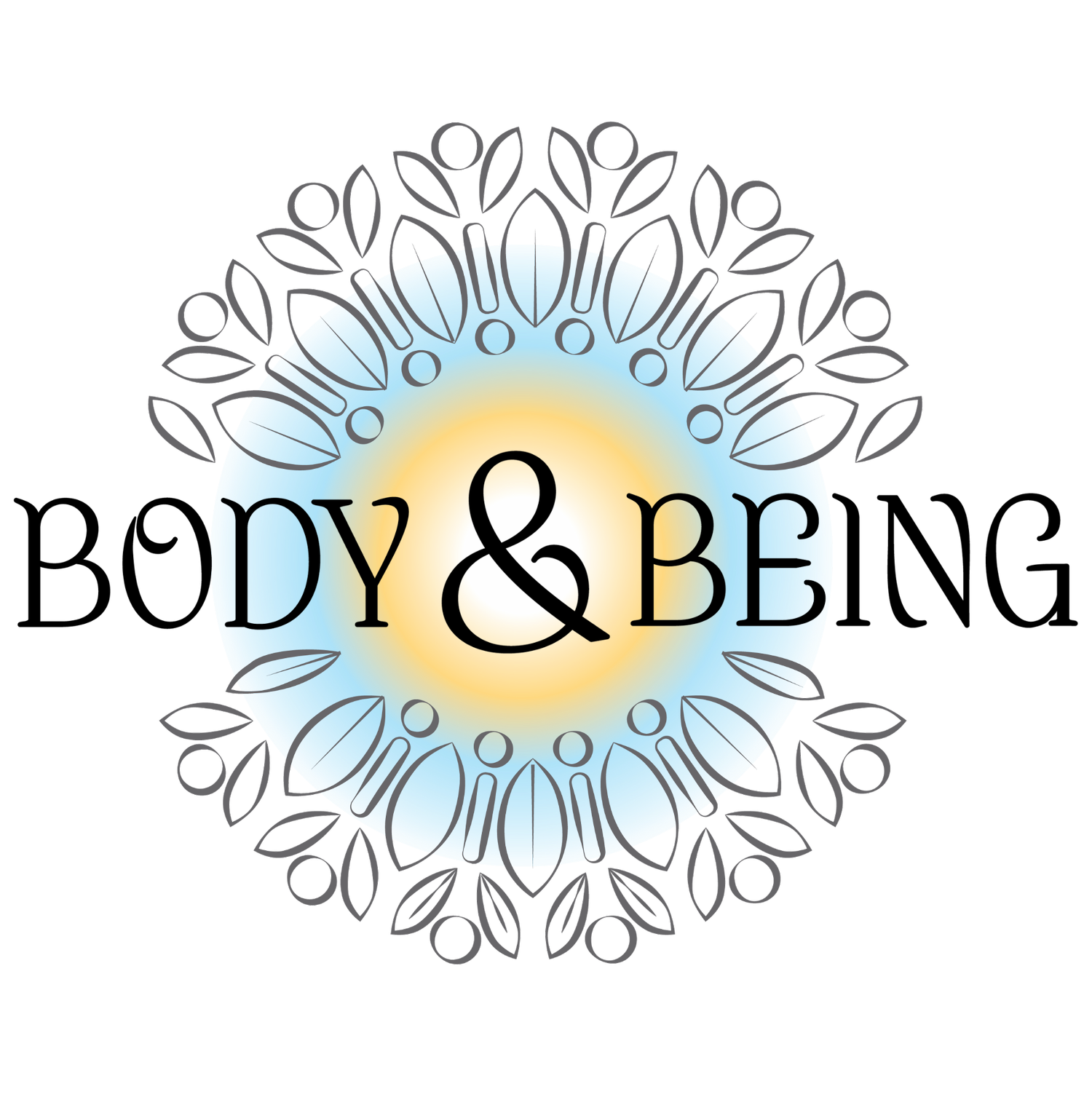
MY APPROACH
My therapeutic approach combines my training in clinical social work with my career as a professional bodyworker and dancer. It is comprised of four components: Inquiry & Coaching / Nervous System Regulation / Fascial Bodywork / Movement Integration. People come to me for both physical pain & emotional issues. Together we explore the connection between the physical and emotional aspects of health. A safe space is created with support to help uncover patterns that may not be supporting your optimal well-being. When our body experiences a deepened level of calm and relief, there can be insight into new perspectives that support empowered choices.
Discomfort can often be a symptom of a larger systemic problem. Sessions are individually tailored and include psychotherapy & coaching, nervous-system regulation, as well as somatic bodywork. I feel privileged to be in a unique position where I have obtained the somatic and counseling skills to address each of these aspects.
I love guiding people toward a more embodied and empowered sense of themselves. Together we can explore how the mind and body elements are connected and discover how each can find more ease so you can achieve deep-rooted holistic relief. This level of understanding enables healing on a profound level.
Inquiry & Coaching / Nervous System Regulation / Fascial Bodywork / Movement Integration
INQUIRY & COACHING
Discomfort in the body can often be a symptom of a larger systemic problem. In my sessions a safe space is created with emotional support to help uncover patterns that may not be supporting your optimal well-being. As the body experiences a deepened level of calm and relief, there can be insight into new perspectives that supports forward movement in one’s life path.
My therapy sessions are individually tailored with gentle inquiry to help understand the connection between your unique history and your current state of health. My training as a clinical social worker serves to unpack what’s going on for you so you can gain insight around the contributing forces that are affecting your body and being. We we identify the corresponding emotions, feel them and allow them to move, there can often an accompanying physical release. The body can then move towards deep-rooted holistic relief.
MOVEMENT INTEGRATION
What differentiates my style of bodywork is my approach to helping people feel more freedom in their embodied experience. My intention is to facilitate for you a deepened somatic awareness of your body, that carries beyond our session. When we develop this level of attention, we start to move in different ways. The fact is, the more we listen to our bodies, the better we can support what they need.
My career in the somatic dance form called Contact Improvisation (CI) has contributed to the development of my ability to communicate a sense of physical comfort, ease, and fluidity. CI compels focus on the internal sensory world of perception, residing in the tissues of the body - bones, muscles, organs, nerves, and brain. This somatic attunement serves as a meaningful enhancement to receiving bodywork. A key element of my practice is that we move in collaboration. This is quite different from other traditional modalities of bodywork where the client passively lies on the table while the practitioner works. The integration of your movement is essential to your sense of agency. It allows me to access your discomfort in effective ways, and gives you the power to access your discomfort in whatever way is effective for you. This innovative approach has lasting effects. It is my sincere hope that these effects will help you become embodied in your being with new and invigorating perspectives.
NERVOUS SYSTEM REGULATION
The nervous system is the gatekeeper of our well-being. If it is overwhelmed or dysregulated, we will feel that impact. Thus, the first level of somatic support I offer is helping to settle your nervous system. After checking in, we move to the cushioned mat, where you lie down and connect to your breath, taking this quiet and safe opportunity to notice what’s happening in your body. This is an important step in relaxing the nervous system, and its a practice that can continue to develop after our sessions together.
I often begin with gentle contact with your feet in an effort to begin assessing your body. Grounding in the feet helps to bring whatever energy you brought into the session down to the base of your body. This assessment coupled with our check in exchange helps us to navigate our attention to the places in your body that need to unwind. When we encounter a place of tension, we slow down, and with focused breath and gentle curiosity we tune our attention toward that specific area. I position my body in ways that allow you to work against a dynamic element, giving you the opportunity to lean into the discomfort as you wish. Along the way, I coach you to move with me in an effort to work in and around the discomfort, encouraging you to stay connected to your breath and the awareness of what’s happening in your body.
FASCIAL BODYWORK
We are working and learning together in a session. This collaborative approach of movement communication heightens somatic awareness for the client, which creates increased activity in the neuropathways. More synapses are firing, and the body is focusing at a heightened level for more effective healing.
I employ aspects of Structural Integration (SI), a comprehensive bodywork system that results in deep, lasting, and significant work. With anatomical precision and blended with movement and sensitivity to the unfolding individual experience, we seek to release and unwind those places in your body where there are restrictions in the connective tissue (fascia). A major difference between SI and mainstream massage is that SI is a deep and comprehensive bodywork system to address the underlying layers from which chronic pain and discomfort reside. This facilitates body intelligence and resilience. It lays the foundation for a more permanent solution to pain or dysfunction.
To complement my SI work, I have adapted massage techniques I learned in Thailand and combined those with elements of Integrated Positional Therapy (IPT). IPT is a comprehensive modality that addresses both chronic and acute neuromuscular pain in a comparative way to a combination of chiropractic and physical therapy techniques. IPT is a safe and effective form of manipulative care focusing on both the symptom and the root cause of physical distress.




